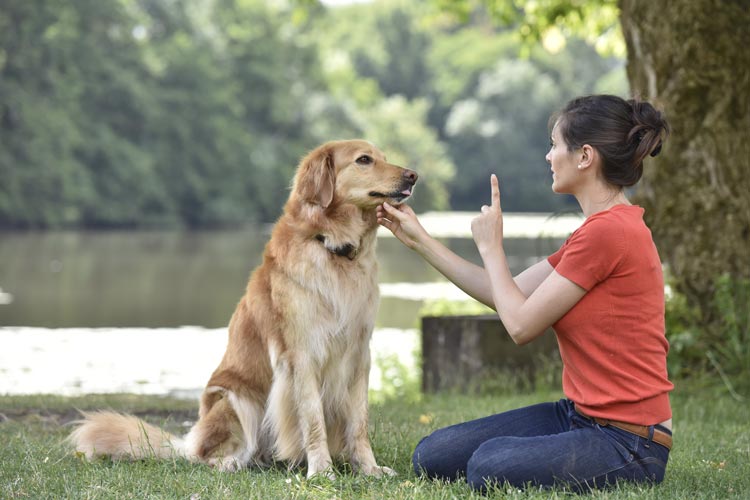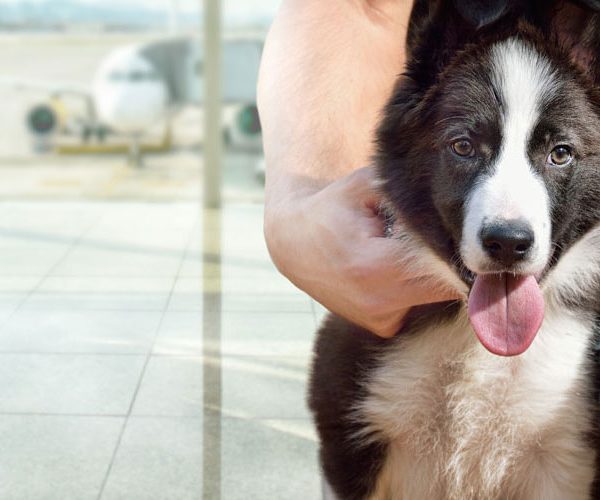While emotional support animals require far less training than service animals, there are still a few basic things it is important to train your ESA to do. Having a well-behaved, trained emotional support dog can bring peace, predictability, and enjoyment to your life. However, having a dog who barks late into the night or destroys your furniture is not going to help soothe your stress and anxiety. Here are some practical tips for training an emotional support dog.
Basic Training
Simple things like sit, stay, and wait are useful in a multitude of situations. If you plan on traveling with your ESA or bringing it out in public with you, then these basic commands are a must for your dog to know.
It is also important that your dog still obeys your commands in a variety of circumstances, such as when they are surrounded by distractions or at a distance. When you are at a busy airport, or if you ESA accidently gets away from you in public, it is crucial that they still listen to you.
Note that negative reinforcement does not work effectively, as it simply teaches your dog to behave badly when you are not watching. They won’t learn to do things correctly, leading to confusion and frustration. Training a dog takes time and patience and won’t be successful overnight. Choose a method of training and stick with it, as this will provide you and your dog with a routine which will make learning easier for both of you.
Specialized Techniques
There are many different techniques you can teach your ESA to soothe your anxiety or panic attacks. One of the most common is called deep pressure therapy. This means placing pressure on certain points on your body, such as your chest, to relieve stress. ESAs also must be trained to remain calm and collected even when you are agitated and anxious.
To train your ESA to preform DPT, teach them to jump up on top of you while you lay on the couch or floor. Select a command, such as “paws up” or “paws down” to signal when they should get on top of you and when it is time for them to get down. Reward them for doing it correctly until they understand it easily. Next, teach your dog how to position itself in the correct way to apply soothing pressure.
Lastly, you will need to show your dog how to look for signs of distress so they will automatically put into practice what you have been training them to do when you need it most. You can achieve this by mimicking signs of anxiety and then having them repeat the DPT training when you act this way. Then, they will gradually connect the two and do so automatically when your anxiety arises for real.
As shown, training your emotional support dog is critical in helping both of you thrive and succeed. Teaching your ESA how to support you when you are experiencing emotional distress will benefit both of you and produce the best results. When you are traveling or in public with your ESA, ensuring that they remain calm, collected, and attentive to you is essential as to avoid causing you further anxiety. To learn more about ESAs and how to receive a letter of certification, visit United Support Animals today.





